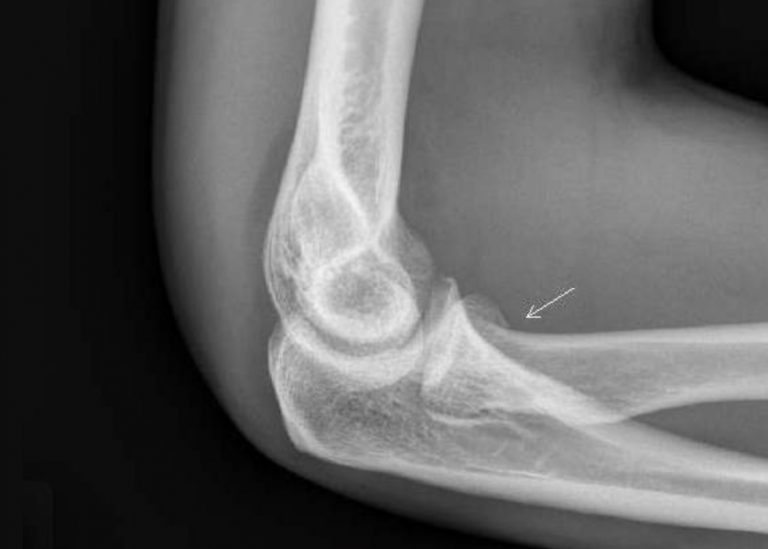A stress fracture is basically severe bruising or a small crack in one of your bones. Stress fractures are typically caused by repetitive activity and overuse. This type of injury is very common in athletes such as basketball and soccer players as well as runners.
Symptoms of a Stress Fracture
Some of the symptoms of a stress fracture include:
- Bruising
- Swelling outside the ankle or on the top of your foot
- Pain that tends to get better when you rest your foot
- Tenderness when you touch the fracture site
- The Pain becomes worse when you undertake your regular activities
Before You See a Doctor
– Rest
Any orthopaedic surgeon will tell you that you need to rest your foot. Failing to do so could make your fracture worse. If you have to weight bear, please make sure you wear supportive shoes.
– Ice
Apply ice as soon as possible. Use ice or a cold pack, and wrap it in a towel, placing it on the site of the pain. Do this for at least 20 minutes a few times a day.
– Compression
If you can, lightly wrap your foot in a bandage. This can help to reduce any swelling. Just make sure that the bandage isn’t too tight. Cutting off the circulation to your foot will not help the recovery process.
– Elevation
Raise your foot up if you can. Make sure that it is higher than your heart. This can help to reduce your pain and any swelling. Place a cushion or pillow under your foot so you’re comfortable and your foot is more supported.
Medical Treatment
– Surgical treatment
Not every stress fracture will heal correctly. If yours doesn’t heal correctly, you may need surgical treatment. During surgery, the surgeon could add some internal fixations to help support your affected bones. Plates, screws, or pins may be used, or a combination of them. They can help to hold the bones together while your ankle and/or your foot heals.
Please note, it can take up to 8 weeks for the stress fracture to heal. If your stress fracture is particularly bad, healing could take even longer.
– Non-surgical treatment
You may be asked to take anti-inflammatory medication. Not only can this medication help to reduce inflammation, but it can also help to relieve pain. Your doctor may ask you to use crutches so that you can move around without using your affected foot. You may also be asked to:
– Refrain from taking part in any physical activity until your foot has healed
– Wear protective footwear such as a brace show, or a shoe that has a stiff sole.
– Wear a cast that can help your foot to stay in a certain position. This will help to remove any stress from your foot and encourage healing.
If you have a possible stress fracture, please seek medical attention. The sooner you see a doctor, the sooner your injury is likely to heal.


0 Comments